This month, Tin House Books is publishing Zak Smith's memoir We Did Porn. Featuring over a hundred drawings by Smith, who received a lot of attention for his 2004 series, "Pictures of What Happens on Each Page of Thomas Pynchon's Novel Gravity's Rainbow," the new memoir chronicles his journey into the Los Angeles alternative porn scene.
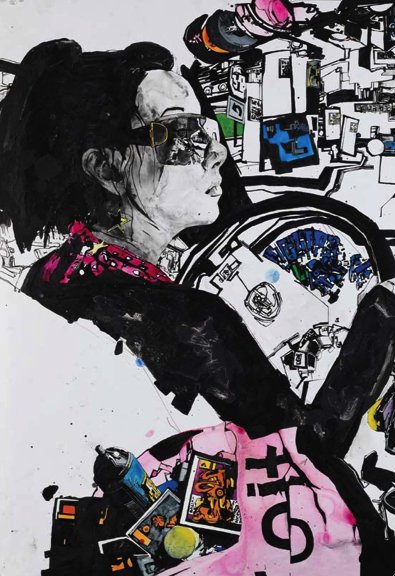
"The drawings were done in ink on paper using whatever pen was around, usually a Uniball Vision Micro or Pigma Micron. The paintings are acrylic paint," writes Zak Smith in a note at the end of his new memoir. "Although there are no photos, there are two images that are derived from drawings that have been transferred and altered in a chemical darkroom using a process called contact printing. It brings out the texture of the paper and the color in the ink and makes the drawings blurry in an interesting way."
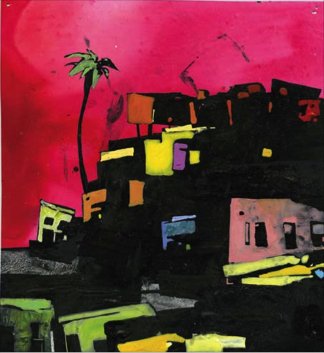
"The drawings were done in ink on paper using whatever pen was around, usually a Uniball Vision Micro or Pigma Micron. The paintings are acrylic paint," writes Zak Smith in a note at the end of his new memoir. "Although there are no photos, there are two images that are derived from drawings that have been transferred and altered in a chemical darkroom using a process called contact printing. It brings out the texture of the paper and the color in the ink and makes the drawings blurry in an interesting way."
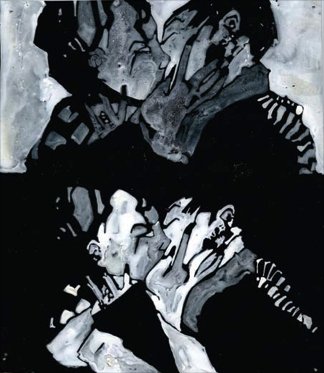
"The drawings were done in ink on paper using whatever pen was around, usually a Uniball Vision Micro or Pigma Micron. The paintings are acrylic paint," writes Zak Smith in a note at the end of his new memoir. "Although there are no photos, there are two images that are derived from drawings that have been transferred and altered in a chemical darkroom using a process called contact printing. It brings out the texture of the paper and the color in the ink and makes the drawings blurry in an interesting way."
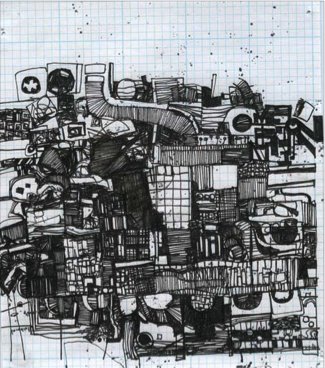
"The drawings were done in ink on paper using whatever pen was around, usually a Uniball Vision Micro or Pigma Micron. The paintings are acrylic paint," writes Zak Smith in a note at the end of his new memoir. "Although there are no photos, there are two images that are derived from drawings that have been transferred and altered in a chemical darkroom using a process called contact printing. It brings out the texture of the paper and the color in the ink and makes the drawings blurry in an interesting way."
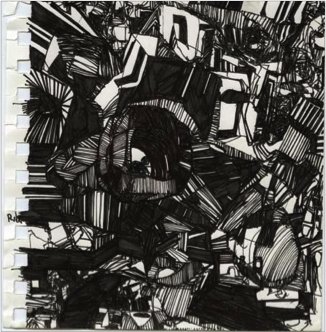
"The drawings were done in ink on paper using whatever pen was around, usually a Uniball Vision Micro or Pigma Micron. The paintings are acrylic paint," writes Zak Smith in a note at the end of his new memoir. "Although there are no photos, there are two images that are derived from drawings that have been transferred and altered in a chemical darkroom using a process called contact printing. It brings out the texture of the paper and the color in the ink and makes the drawings blurry in an interesting way."
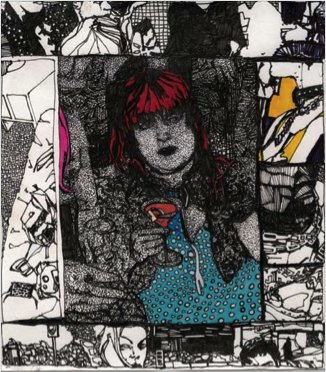
"The drawings were done in ink on paper using whatever pen was around, usually a Uniball Vision Micro or Pigma Micron. The paintings are acrylic paint," writes Zak Smith in a note at the end of his new memoir. "Although there are no photos, there are two images that are derived from drawings that have been transferred and altered in a chemical darkroom using a process called contact printing. It brings out the texture of the paper and the color in the ink and makes the drawings blurry in an interesting way."
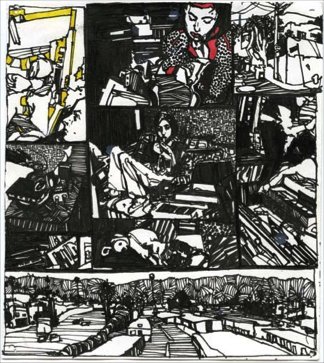
"The drawings were done in ink on paper using whatever pen was around, usually a Uniball Vision Micro or Pigma Micron. The paintings are acrylic paint," writes Zak Smith in a note at the end of his new memoir. "Although there are no photos, there are two images that are derived from drawings that have been transferred and altered in a chemical darkroom using a process called contact printing. It brings out the texture of the paper and the color in the ink and makes the drawings blurry in an interesting way."
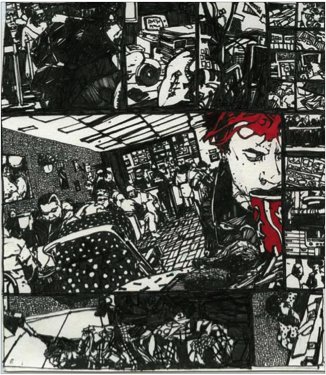
"The drawings were done in ink on paper using whatever pen was around, usually a Uniball Vision Micro or Pigma Micron. The paintings are acrylic paint," writes Zak Smith in a note at the end of his new memoir. "Although there are no photos, there are two images that are derived from drawings that have been transferred and altered in a chemical darkroom using a process called contact printing. It brings out the texture of the paper and the color in the ink and makes the drawings blurry in an interesting way."
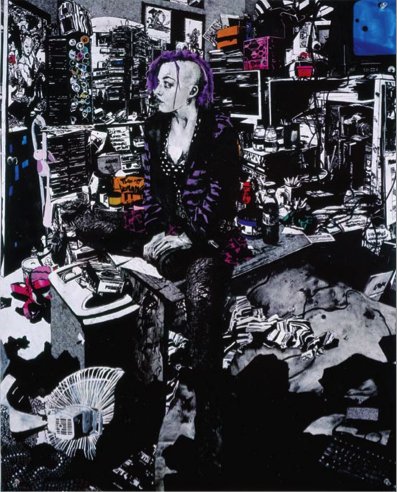
"The drawings were done in ink on paper using whatever pen was around, usually a Uniball Vision Micro or Pigma Micron. The paintings are acrylic paint," writes Zak Smith in a note at the end of his new memoir. "Although there are no photos, there are two images that are derived from drawings that have been transferred and altered in a chemical darkroom using a process called contact printing. It brings out the texture of the paper and the color in the ink and makes the drawings blurry in an interesting way."







